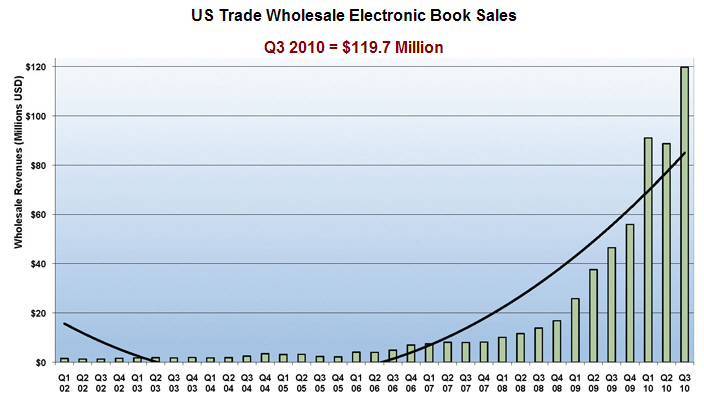The way in which digital publications are created and consumed has undergone a dramatic shift with the ePub file format standard. ePub is an XML-based file format designed to reflow text according to screen size, giving users a format to organize and read digital publications on mobile devices. The ePub file format was developed and is maintained by the International Digital Publishing Forum (IDPF), a nonprofit standards organization composed of commercial trade and academic publishers, software companies, consumer electronics manufacturers, and publishing and accessibility associations. The standard was developed with the participation of over 60 companies and organizations and was unanimously approved by IDPF members. Today, there are more than 200 members (companies like Adobe, Google, Apple, Nokia, Barnes & Noble etc.) in the IDPF.
The IDPF collects quarterly US trade retail eBook sales in conjunction with the Association of American Publishers (AAP). For details on the AAP’s statistics program, please refer to the AAP website. The IDPF has aggregated quarterly statistics from the AAP’s program and earlier IDPF statistics program represented in this graph.

